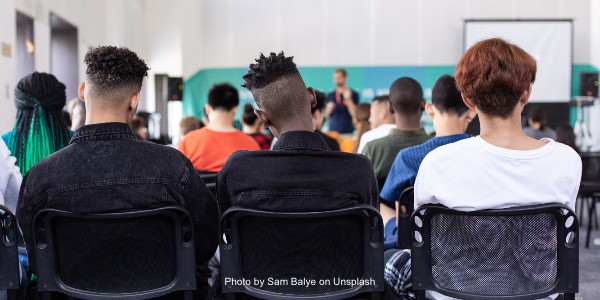Look at Me Look at Me (WT518)
Blog

Most days Ross and I enjoy a walk together, usually in the morning or middle of the day. Today was a beautiful day. The sun was shining and although the temperature was only 13 degrees Celsius, we felt warm with the heat of the sun.
We came upon a bridge over the Lachlan River in New Norfolk, Tasmania. The bridge was just wide enough for two people to walk side by side. As we neared the bridge we saw a young man walking towards us. He was a large man. In fact, he took up most of the width of the bridge, leaving no room to pass.
We waited politely for him to cross. Both Ross and I looked up and smiled at him. He stared at the sky to avoid eye contact as he walked past us.
I find this sort of behavior both intriguing and annoying. I say annoying because I was brought up to “Be Sociable”; to always acknowledge people and smile and say “Hello”. For someone to walk past me without acknowledging me goes against my value set. I also find it intriguing for the same reason. Obviously, people have a different set of values and of course, they are entitled to do whatever they want. There is no law that says you must look at me and smile when you walk past me.
So why am I sharing this story with you? It’s an opportunity to talk about Values and Values Collisions. A Values Collision occurs when we perceive someone’s behavior as unacceptable to us, yet there is no tangible concrete effect on us as a result of the behavior. Here’s another example: Let’s say you smoke cigarettes and I don’t. It’s your right to choose to smoke. I can’t force you to stop simply because I don’t like it and unless we are near each other, there is no tangible concrete effect on me.
The next logical question then, is “How do you resolve a Values Collision”?
Using the above smoking example, I’ll show you a couple of options:
- I can change my value to be the same as yours. I might start smoking.
- I can ask you to not smoke around me, whilst still respecting your decision to smoke. We call that “influencing the other’s behavior”.
- I can attempt to influence your value by “modelling” the values I’d like you to adopt (ie not smoking) or “consulting” to you. I can provide you with information to see if that might influence you to change your value.
- Finally, if we are not able to satisfactorily resolve our values differences, then we might need to alter the relationship.
Values Collisions occur all the time. They are part of life. They occur in the family, in the workplace, almost anywhere you have people. We are not wrong because we have a different set of values.
Following on from today’s message, what Values are important to you and how will you choose to resolve any Values Collisions?




